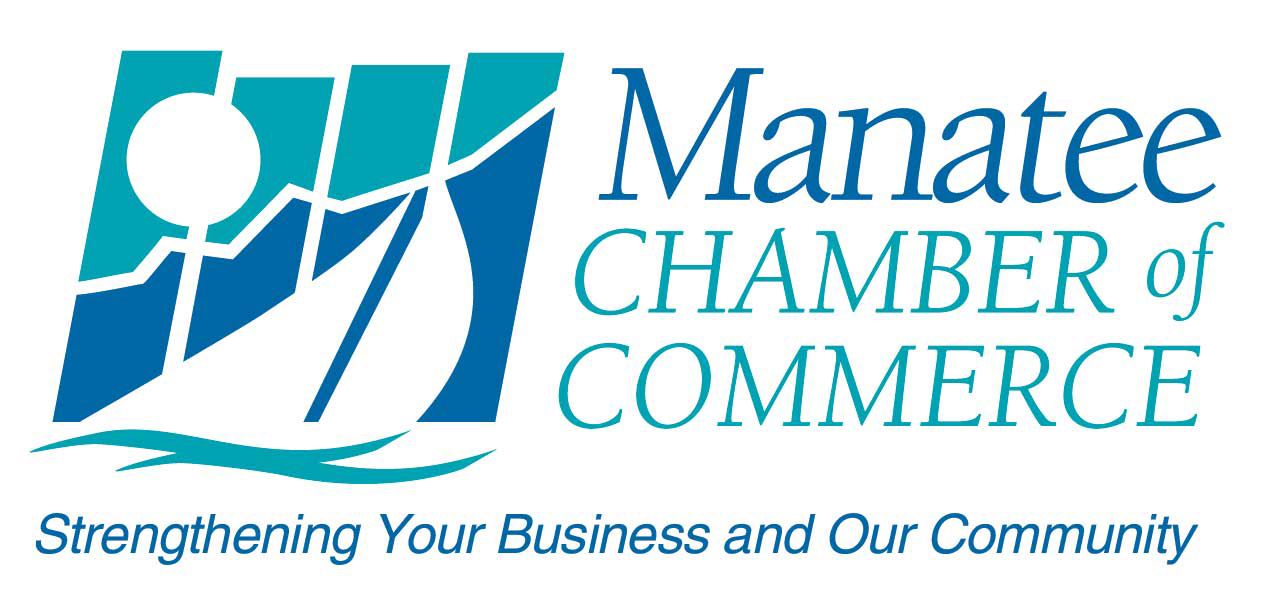Naming hurricanes
The yearly forecast estimates how many named storms are expected. When a tropical depression displays a rotating circulation pattern and reaches a wind speed 3 9 miles per hour it will become a tropical storm and gets a name. These names are based on a strict procedure established by the World Meteorological Organization. For Atlantic hurricanes, there is a list of male and female names which are used on a six-year rotation. If a major storm occurred that caused severe damage the name will be stricken from the list and replaced.Most destructive storms
A hurricane is formed when wind speeds reach 74 mph. The Saffir-Simpson Hurricane Wind Scale classifies the storms into 5 categories. The ratings from 1 to 5 estimates potential property damage. Hurricanes reaching Category 3 and higher are considered major hurricanes because of their potential for significant loss of life and damage. Category 5 storms exceed 156 mph maximum sustained winds. The extremely destructive and deadly Hurricane Katrina was a Category 5 storm at one point. It causedcatastrophic damage along the Gulf coast from central Florida to Texas due the storm surge and levee failure. The strongest Atlantic hurricanes on record is Allen in 1980 with winds at 190 mph. There were only 3 hurricanes at Category 5 to hit the U.S.: Andrew in 1992, Camille in 1969 and an unnamed storm in 1935. The original storm forecast for 2018 called for 14 total named storms with 6 hurricanes and 2 major hurricanes. The updated outlook estimates a significant reduction to 11 total named storms, 4 hurricanes and 1 major hurricane. This includes Alberto, a subtropical storm that occurred in May and before the actual hurricane season. Several reasons are given for these lower numbers.Why less storms in 2018?
There are several factors coming into play for a reduced chance of hurricanes for this year. Firstly, the Atlantic Ocean temperature pattern features cooler than average sea-surface temperatures that expanded in the eastern Atlantic and in the central northern Atlantic. This anomaly when occurring in June seems to represent more inactive hurricane seasons. The water temperatures between the Lesser Antilles and Africa are supportive for tropical growth nearly year-round. The warmer the water is in that region the more likely a tropical storm will develop. If the cooler than average trend persists and continues into the more active months of August, September and October less tropical activity east of the Caribbean can be expected. Subtropical Storm Alberto was able to develop before the start of the official storm season in the relatively warm waters of the Gulf of Mexico. Since then the water temperature is cooler than average which diminishes the chances of storms to develop. The weather phenomena El Niño in the Pacific ocean can also influence Atlantic conditions. The current atmospheric component suggest a less active season than originally thought. Waters in the central and eastern equatorial Pacific Ocean have warmed above average and FEMA experts also noted an abnormally strong wind shear over the Caribbean Sea in June. This hurricane season is feeling the effects of a developing El Niño. Lastly, the North Atlantic Oscillation (NAO) that defines the pattern of pressure gradients over the northern Atlantic Ocean is expected to remain positive through the next few months. The Azores-Bermuda high-pressure system and the Greenland low-pressure system are strengthened in this positive phase of the NAO. This creates a stronger pressure gradient and increased wind between the two systems and more wind around the Azores-Bermuda high. This means a quicker track for winter storms crossing the northern Atlantic. However, during hurricane season it brings less than favorable conditions for storm development with three components:
Firstly, the Atlantic Ocean temperature pattern features cooler than average sea-surface temperatures that expanded in the eastern Atlantic and in the central northern Atlantic. This anomaly when occurring in June seems to represent more inactive hurricane seasons. The water temperatures between the Lesser Antilles and Africa are supportive for tropical growth nearly year-round. The warmer the water is in that region the more likely a tropical storm will develop. If the cooler than average trend persists and continues into the more active months of August, September and October less tropical activity east of the Caribbean can be expected. Subtropical Storm Alberto was able to develop before the start of the official storm season in the relatively warm waters of the Gulf of Mexico. Since then the water temperature is cooler than average which diminishes the chances of storms to develop. The weather phenomena El Niño in the Pacific ocean can also influence Atlantic conditions. The current atmospheric component suggest a less active season than originally thought. Waters in the central and eastern equatorial Pacific Ocean have warmed above average and FEMA experts also noted an abnormally strong wind shear over the Caribbean Sea in June. This hurricane season is feeling the effects of a developing El Niño. Lastly, the North Atlantic Oscillation (NAO) that defines the pattern of pressure gradients over the northern Atlantic Ocean is expected to remain positive through the next few months. The Azores-Bermuda high-pressure system and the Greenland low-pressure system are strengthened in this positive phase of the NAO. This creates a stronger pressure gradient and increased wind between the two systems and more wind around the Azores-Bermuda high. This means a quicker track for winter storms crossing the northern Atlantic. However, during hurricane season it brings less than favorable conditions for storm development with three components:
- Gustier winds across much of the subtropics and North Atlantic
- Cooler water temperature
- A slightly faster tropical wave track across the Atlantic.









